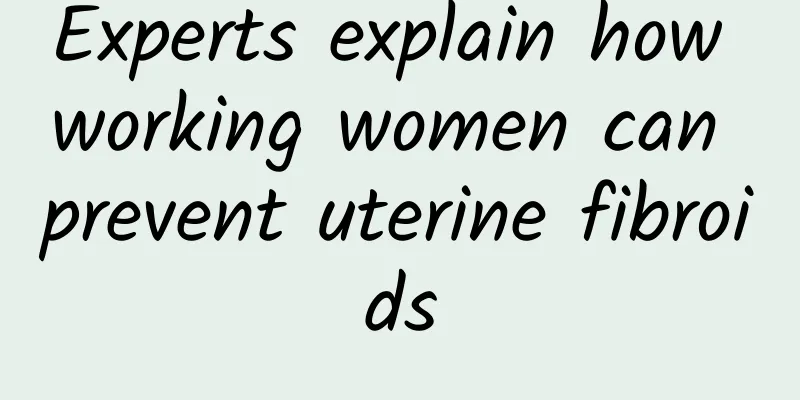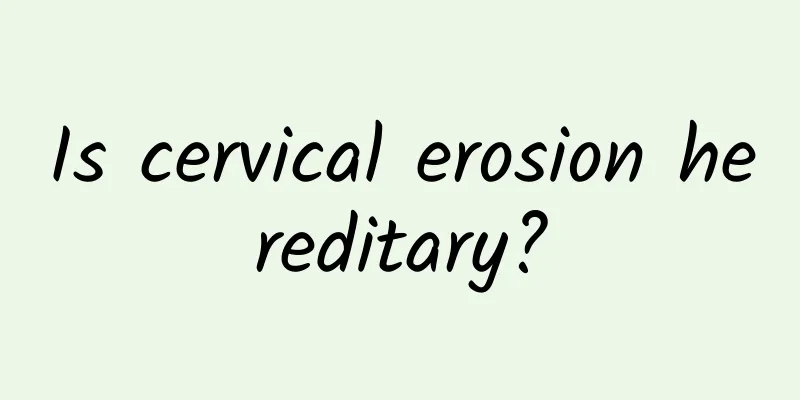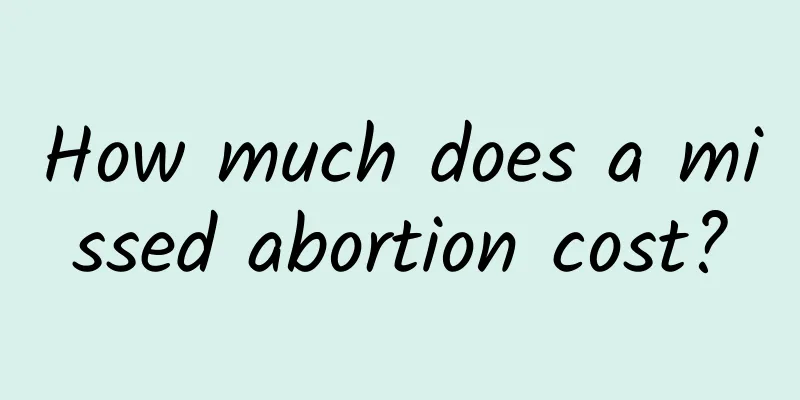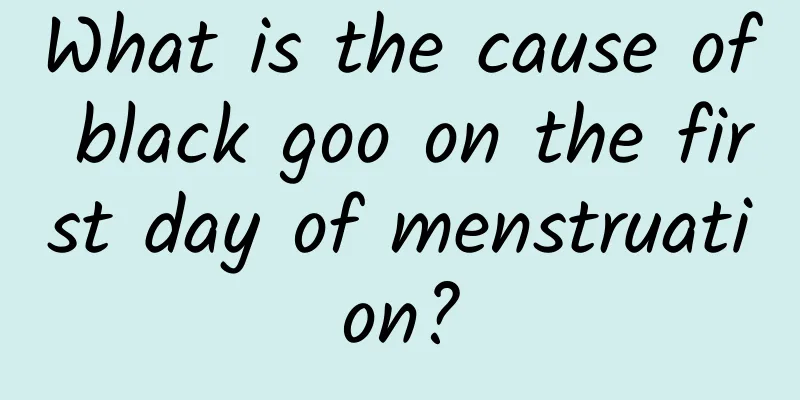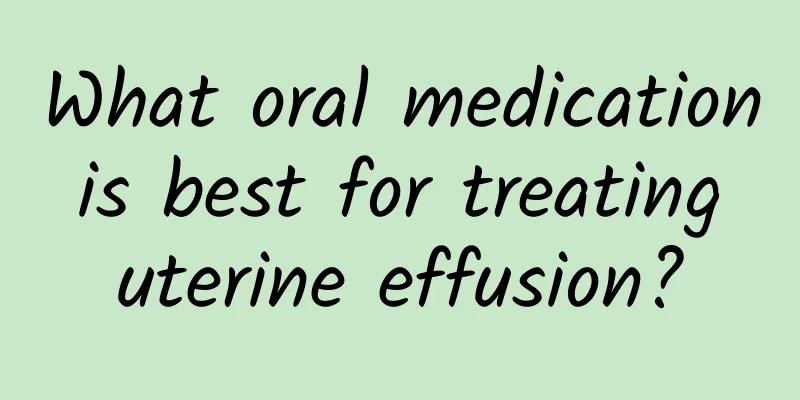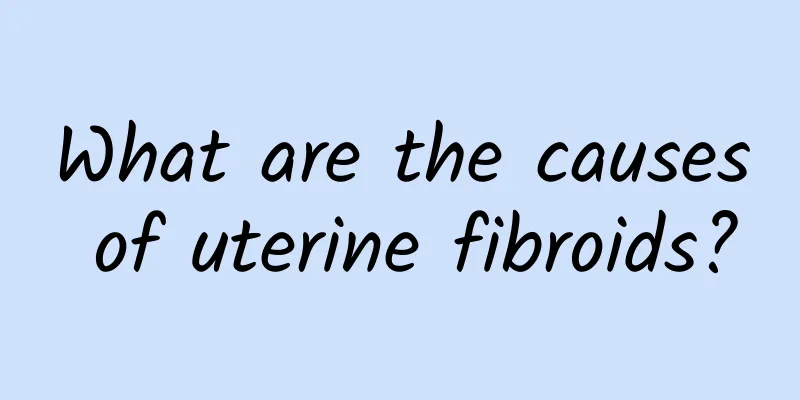Is uterine fibroid surgery a major operation? What are the common surgeries for uterine fibroids?
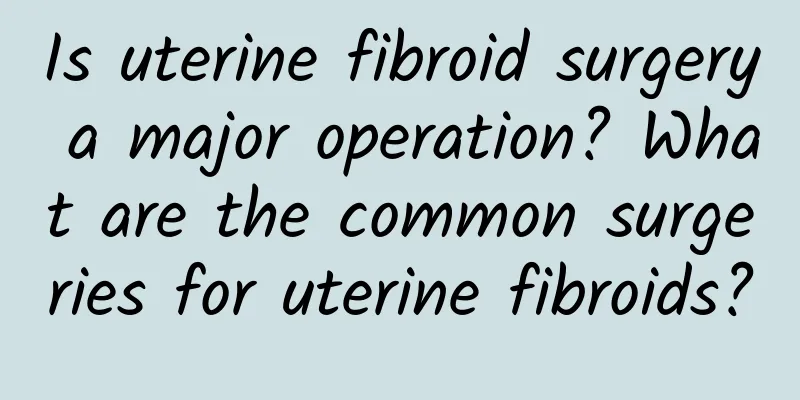
|
The appearance of uterine fibroids troubles many women. In fact, uterine fibroids are a manifestation of cancer. If not treated in time, it will cause more serious diseases. So, is uterine fibroid surgery a major operation? What are the surgeries for uterine fibroids? It is understood that the current treatment methods for uterine fibroids include conservative treatment and surgical treatment, which mainly depends on the patient's condition, such as the number, size, location, age, fertility, etc. Conservative treatment includes drug treatment and intrauterine ring placement, which is more suitable for patients with mild disease, under 40 years old, and with fertility needs. For patients with complex conditions, no fertility needs, and single uterine fibroids with a diameter of more than 5 cm, it is best to consider surgical treatment. Uterine fibroid surgery is a major operation. Surgical treatment of uterine fibroids includes myomectomy and hysterectomy, which can be performed through abdominal, vaginal or endoscopic surgery (hysteroscopy or laparoscopy). The choice of surgery and surgical method depends on factors such as the patient's age, fertility requirements, the size and location of the fibroids, and medical technology conditions. (1) Myomectomy: The surgery to remove uterine fibroids and preserve the uterus is mainly used for young women under 40 who wish to retain their fertility. It is suitable for patients with large fibroids, heavy menstruation, compression symptoms, infertility caused by fibroids, submucosal fibroids, and rapidly growing fibroids without malignant transformation. (2) Patients with obvious symptoms of hysterectomy, the possibility of malignant changes in fibroids, and no fertility requirements are suitable for hysterectomy. Hysterectomy can be performed by total hysterectomy or subtotal hysterectomy. Patients of older age are suitable for total hysterectomy. The possibility of cervical malignancy must be eliminated before surgery. (3) Uterine artery embolization uses radiological intervention to insert an arterial catheter directly into the uterine artery, inject permanent embolic particles, block the blood supply to the uterine fibroids, and achieve fibroid shrinkage or even disappearance. UAE is currently mainly suitable for uterine fibroids with symptoms such as anemia caused by abnormal uterine bleeding. When choosing interventional treatment for uterine fibroids, caution should be exercised, especially for patients with uncontrolled pelvic inflammation, patients who wish to retain fertility, arteriosclerosis, and contraindications to angiography should be listed as contraindications to this treatment. 5% of patients may have premature ovarian failure and rare pelvic infections after surgery. |
Recommend
How long does it take to treat mild cervical hypertrophy?
The treatment time for mild cervical hypertrophy ...
There are five main methods to regulate irregular menstruation
Irregular menstruation is a very common phenomeno...
Will excessive sexual activity cause cervicitis? What are the hazards of chronic cervicitis?
Cervicitis is a common cervical disease, which ca...
Key points for diagnosis of lactational amenorrhea syndrome
Lactational amenorrhea syndrome is generally divi...
Female infertility is caused by uterine fibroids
Uterine fibroids are the most common benign tumor...
What are the symptoms of postpartum adnexitis
Symptoms of postpartum adnexitis include lower ab...
What causes functional uterine bleeding and how to treat it
Functional uterine bleeding is abnormal uterine b...
Why does hydatidiform mole occur?
Why does hydatidiform mole occur? Speaking of hyd...
How to treat bacterial vaginosis
Bacterial vaginosis can be treated with drugs suc...
Office workers should not eat the wrong food before and after exercise! Nutritionist: 5 great convenience store foods
For many office workers who have the habit of exe...
How are the main symptoms of congenital absence of vagina manifested?
What are the symptoms of congenital absence of va...
What are the typical symptoms of uterine fibroids?
Many female friends may be familiar with uterine ...
What diseases may be complicated by pelvic peritonitis
Pelvic peritonitis is a disease that everyone is ...
Experts explain the more advanced treatment methods for cervical erosion
Among various gynecological diseases, cervical er...
Ten things to know before menopause
Women's aging and menopause are inseparable, ...
